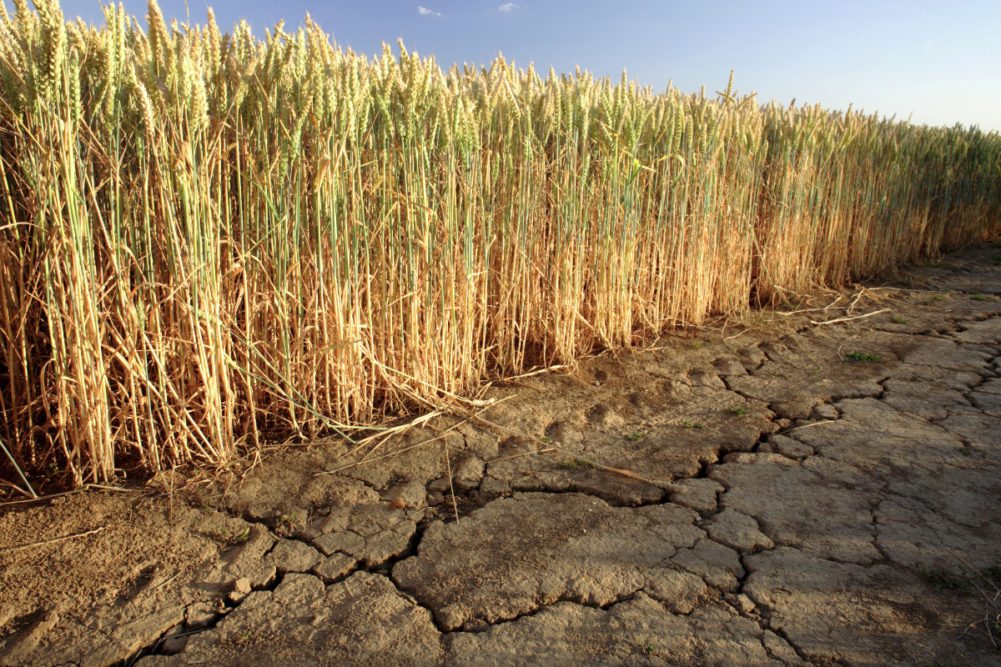DODOMA, TANZANIA — Tanzania’s wheat production is expected to decrease 22% in the 2021-22 marketing year due to high post-harvest loss, below-average rainfall and a desert locust invasion, according to a report from the Foreign Agricultural Service of the US Department of Agriculture (USDA).
Production is estimated at 70,000 tonnes and the harvested area is expected to drop 22%.
The government is trying to increase domestic wheat production with market mechanisms. Millers, traders and processors have been asked to source 60% of their wheat from local producers at a premium price starting in 2021-22, the USDA said.
“The strategy seeks to encourage local farmers to increase wheat production and reduce Tanzania’s dependence on imports,” the USDA said. “However, there is currently no evidence to suggest that Tanzania will meet its goal of reducing imports, and it is still widely believed that most wheat will be imported.”
Wheat consumption is projected to increase by 2.9% to 1.2 million tonnes. Bakeries and food processing facilities around peri-urban areas are expected to reopen following COVID-19 closures, the USDA said.
Wheat imports are estimated to hold steady at 1.1 million tonnes due to low domestic production and increasing local consumption.
Corn production in the 2021-22 marketing year is expected to drop 4.7% to 6 million tonnes due to inclement weather, pests and high input prices.
Consumption is expected to decrease 2.9% to 5.9 million tonnes due to changes in dietary preferences.
The USDA forecasts an increase of 2.2% in feed and residual availability to 920,000 tonnes due to higher demand for poultry feed.






